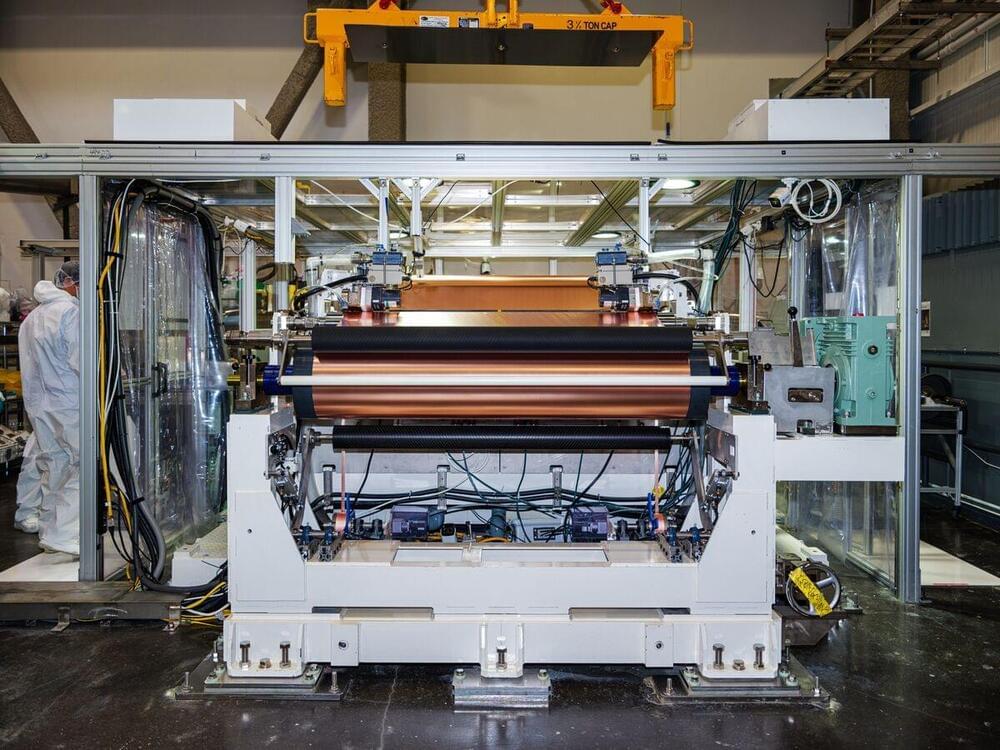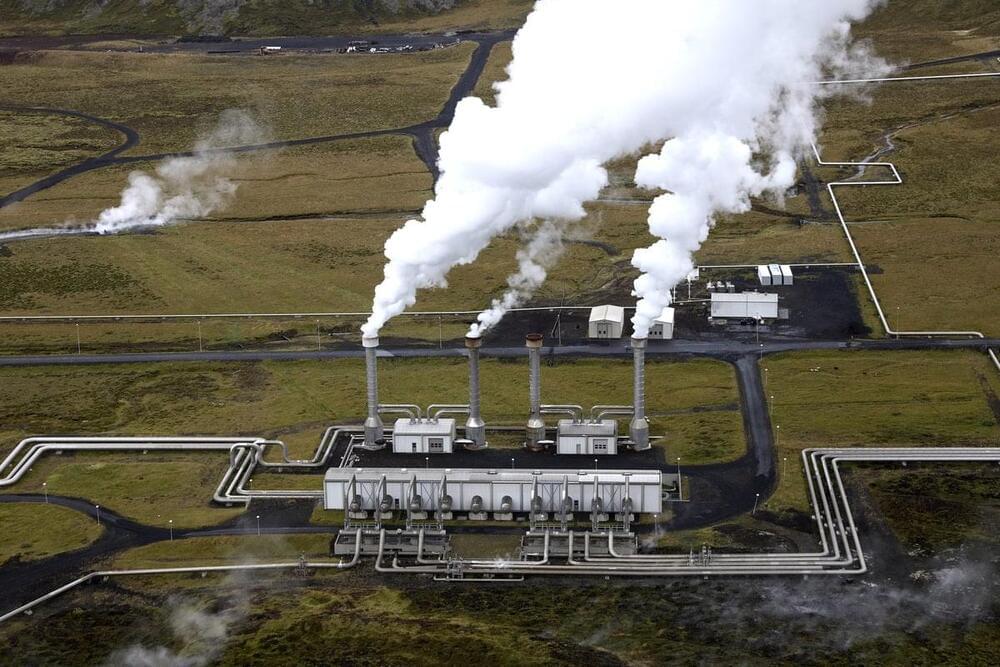Russian military intelligence hackers have been exploiting a Windows vulnerability since at least 2020 according to a new Microsoft report. Here’s what you need to know.
When human labor is hidden under the veneer of a robot or AI tool, that’s “fauxtomation”
Battery recycling drops from ~25,500 miles to ~15,000 miles the C02 breakeven point for EVs compared to ICE.
Are electric cars really that much better for the environment? With recycling, the question is a no-brainer.
Irina Conboy, Michael Conboy and Josh Mitteldorf discuss one of the central questions in aging research: is aging an active process of the body or is aging a…
In our latest video, “Has The Future Already Happened? Is the Universe Predetermined?” we embark on a cosmic journey that challenges the very fabric of our u…
MEDIA ADVISORY: An international team of researchers, led by NCI scientists, has identified 50 new areas across the human genome that are associated with the risk of developing kidney cancer.
In a new analysis of genetic susceptibility to kidney cancer, an international team of researchers has identified 50 new areas across the genome that are associated with the risk of developing kidney cancer. These insights could one day be used to advance our understanding of the molecular basis of kidney cancer, inform screening efforts for those at highest risk, and identify new drug targets. The study was led by scientists at the National Cancer Institute (NCI), part of the National Institutes of Health (NIH).
A previous genome-wide association study (GWAS) of people of European ancestry identified 13 regions of the genome that are associated with kidney cancer risk. However, the study population was not diverse. To identify additional regions, researchers conducted a GWAS in participants of many different genetic ancestries that included 29,020 people with kidney cancer and 835,670 people without kidney cancer. Analysis of the data, which came from published studies, biobanks, and a new study, resulted in the identification of 50 new regions associated with the risk of developing kidney cancer, bringing the total number of such regions to 63.
Among the newly identified genetic variants were several associated with a risk of developing papillary renal cell carcinoma, the second most common subtype of renal cell carcinoma. Another variant, in the VHL gene, was common in individuals of African ancestry and was associated with an estimated three times higher risk of developing clear cell renal cell carcinoma, the most common type of kidney cancer.
Technology views living cancer cell:
This technique could provide valuable insights into how different types of cancer respond to treatments. It might also help doctors understand the impact of irradiation on cells, specifically how some cancer cells resist radiation treatment. This resistance may result in relapse of the cancer.
A deeper understanding of cancer biology may lead to the development of more effective treatments in the future.
Moreover, the researchers state that studying lipids inside single cells may help various health areas, including immunity, and infectious diseases.
Long confined to regions with volcanic activity, geothermal promises to become a much more versatile energy source thanks to new technologies.
By Katarina Zimmer & Knowable Magazine
Glistening in the dry expanses of the Nevada desert is an unusual kind of power plant that harnesses energy not from the sun or wind, but from the Earth itself.
One of the world’s foremost experts in the search for extraterrestrial intelligence (SETI) believes that with the help of the James Webb Space Telescope, humans are closer to discovering life outside our planet than ever before.
Lisa Kaltenegger, who directs the Carl Sagan Institute at Cornell, told The Telegraph this week that because the Webb Telescope is designed to detect biosignatures — the scientific word for “signs of life,” including organism-produced methane gas — we may well find ETs very soon.
Kaltnegger, whose new book “Alien Earths: Planet Hunting in the Cosmos” was published this month, waxed enthusiastic when discussing the JWST, bragging that with its technological leaps, humanity is now in “this era of golden exploration, with thousands of other worlds on our doorstep, that we now can actually explore.”









